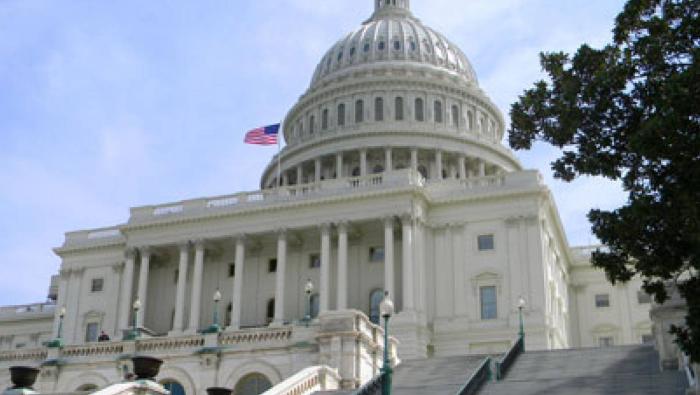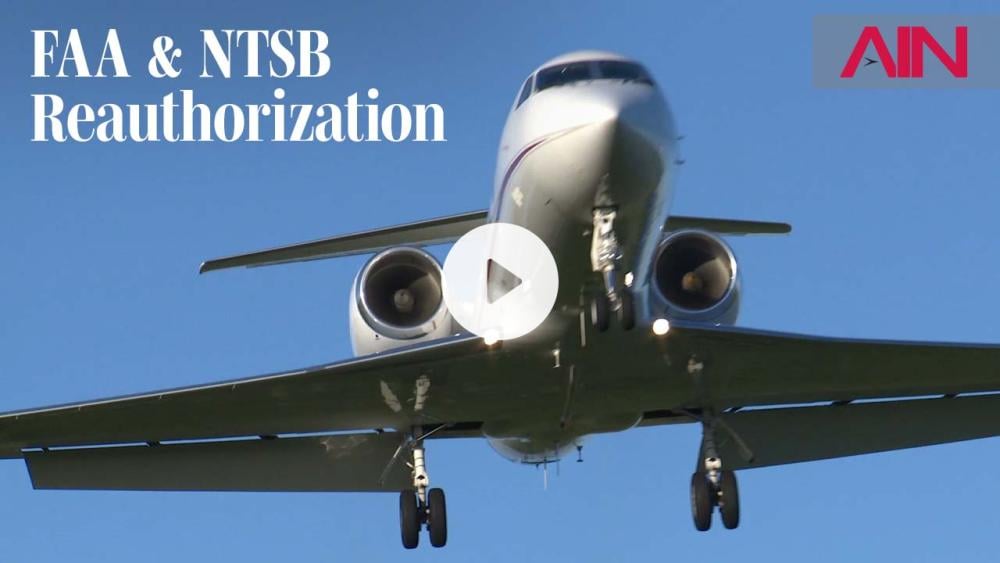When President Biden signed the sweeping five-year FAA and National Transportation Safety Board (NTSB) reauthorization package into law on May 16, he put in motion a 1,000-page bill that incorporates more than 1,200 measures and directives, including many that affect the business and general aviation community.
While years in the making, the completion of the bill came less than a year after the House Transportation and Infrastructure Committee (T&I) passed it unanimously and just three months after the Senate Commerce Committee voted out its version. And while it did take four short-term extensions of the FAA’s operating authority before the House and Senate concluded work on it, that was relatively short and painless compared with the process in recent decades, which was often contentious—pitting one aviation sector against another—and required dozens of extensions.
|
It’s perhaps the most common—and least helpful—phrase you’ll find among preowned aircraft listings: “make offer.” At least half of business jets and turboprops for sale are listed without an asking price, according to industry experts. If you’re a buyer, should you take this to mean the seller: a) doesn’t know the aircraft’s value? b) is simply testing the waters? or c) is searching for a sucker? And if you’re a seller, is this (non) pricing strategy one you should consider?
Brokerages and aircraft owners avoid listing an asking price for a variety of reasons, but often “the rationale is to encourage dialogue between the buyer and seller,” said Jetcraft president Chad Anderson. In other words, make the phone ring.
|
We turned right and lined up on the inbound course for the ILS approach, still able to see the frozen ground out the side windows. But looking straight ahead, we saw nothing but white snowy gloom. The end of a near-maximum-range leg over Greenland beckoned, hopefully with a warm FBO lounge, a quick load of fuel, and no need to spend an unplanned night in far northern Nunavut.
The TBM 910’s dependable 850-shp Pratt & Whitney Canada PT6-66D was running perfectly, having propelled us from our departure the previous day from Daher’s Tarbes, France factory to our next fuel stop at Iqaluit, the capital of Nunavut on Canada’s Baffin Island, perhaps more familiar to some as Frobisher.
|
As flight hours, aircraft orders, and charter and fractional sales soared during the pandemic and the immediate aftermath, maintenance shops found their hangars filled and backlogs growing. Capacity became an issue for many reasons: too much work all at once, a supply chain that still has not recovered from the disruptions of the pandemic, and a workforce shortage. Adding to that has been the growth in the number of larger aircraft and more extensive aircraft projects. AIN brought together thought leaders to discuss the quandary maintenance shops are facing in light of this, what they are doing to mitigate these issues, and how the future is shaping up for the sector.
"It's as busy as it's ever been. We thought maybe coming through 2021 [and] 2022, we would see things maybe start to get a little bit better as far as backlog is concerned. But backlog right now is in the 2025 [or] 2026 timeframe for major projects. You can always get in the smaller type projects, but if you have a big inspection coming up, you need to be well out front of it, not just for the labor capacity and the hangar, but also if you're doing interior with it or anything like that," said Ryan Huss, v-p of sales and marketing for Duncan Aviation.
|
Business Jet Traveler contributor Robert Kiener highlights the most exotic foods from around the globe, including two that he has personally consumed.
One is puffer fish, which—if improperly prepared—could cause death because the sea animal contains tetrodotoxin, a lethal, paralyzing poison for which no known antidote exists. If you've scratched that off of your personal menu, there's always cobra hearts or fried tarantulas that you can snack on.
|
Developers and prospective operators of eVTOLs remain hostage to multiple complex challenges as they seek to launch commercial services. Battery performance is high on that list, according to power technology specialist About:Energy.
In the early years of eVTOL development, the most audible concern around batteries related to their safety. “The bigger challenge now is their commercial viability,” Yashraj Tripathy, About:Energy’s head of product, told AIN.
|
While the Middle East business aviation community has traditionally made luxury and comfort a top priority, the industry there is increasingly committed to environmental sustainability, according to Mohammed Al Husary, executive president of UAS International Trip Support. The outcome of the COP28 conference in Dubai late last year demonstrated serious intent to decarbonize, he explained.
The UAE alone committed more than $840 million in investments for renewable energy, he said. His colleague and UAS CEO Omar Hosari attended the third Conference on Aviation Alternative Fuels (CAFF/3) as an observer with the International Business Aviation Council delegation.
|
Rep. Sam Graves Explains How FAA Reauthorization Got Done
AIN monthly magazine editor Kerry Lynch speaks with House Transportation and Infrastructure Committee chairman Sam Graves (R-Missouri) about what it took to get the FAA reauthorization bill passed and why it matters so much to the business aviation industry.
|
Top Stories This Week on AINonline
|
AINalerts News Tips/Feedback:
News tips may be sent anonymously, but feedback must
include name and contact info (we will withhold name on request). We reserve the
right to edit correspondence for length, clarity, and grammar. Send feedback or
news tips to AINalerts editor Chad Trautvetter.
|
AINalerts is a publication of AIN Media Group, 214 Franklin Avenue, Midland Park, New Jersey. Copyright 2023. All rights reserved.
Reproduction in whole or in part without permission is strictly prohibited.
|
|













